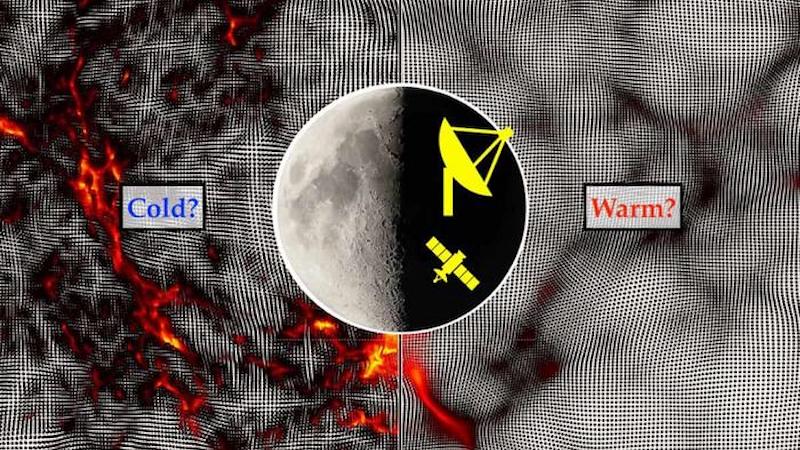The Universe was born 13.8 billion years ago during a rapid expansion known as the Big Bang. Around 400,000 years later, it entered a period known as the “Dark Ages,” which lasted for about 0.1 billion years until the first stars and galaxies began emitting light.
During this time, hydrogens atoms are thought to have emitted faint radio waves at a wavelength of 21 cm, which likely carry important clues about the beginning of the Universe.
Through numerical simulations, researchers at University of Tsukuba and The University of Tokyo predicted the intensity of the 21-cm radio signal in different models of dark matter, the mysterious invisible substance that comprises around 80% of the matter in the Universe. By reproducing the distribution of gas and dark matter in the early Universe on supercomputers, the team calculated the intensity of the radio waves during the Dark Ages with unprecedented precision.
The results imply that hydrogen gas in the dark ages produced a characteristic signal of about 1 millikelvin (one-thousandth of a degree) in the brightness temperature of sky-averaged radio emission. Crucially, dark matter is expected to produce variations of similar magnitude in this signal. Observing the global signal across a broad frequency band (~45 MHz) could therefore reveal the mass and velocity of dark matter particles.
Several lunar missions, including Japan’s Tsukuyomi Project, are now aiming to build radio telescopes on the Moon. If such telescopes can detect this faint signal, they will help unlock the mystery of dark matter.

